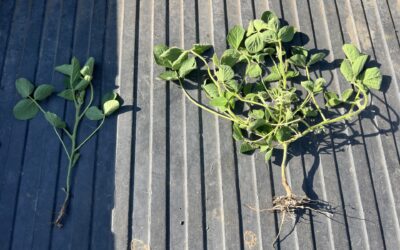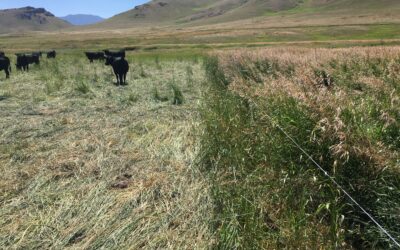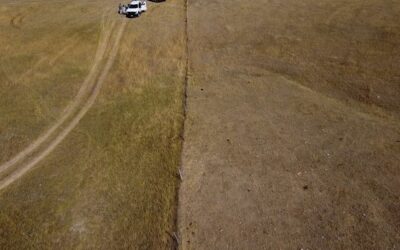Soil Health Concerns
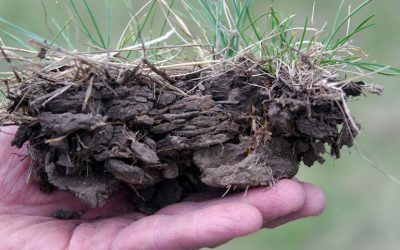
Compaction
Soil compaction occurs when moist or wet soil aggregates are pressed together and the pore space between them is reduced. Compaction changes soil structure, reduces the size and continuity of pores, and increases soil density (bulk density).
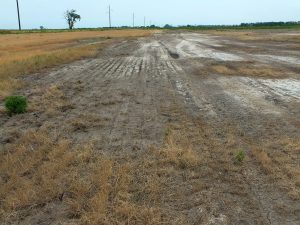
Salinity
A soil has been described as a porous medium consisting of minerals, water, gases, organic matter, and microorganisms. The largest component of soil is the mineral portion, which makes up approximately 45% to 49% of the volume. Some of the mineral portion consists of primary mineral particles. These are the sand and silt particles. Some of the mineral portion is made up of secondary minerals that result from the weathering of primary minerals into secondary minerals like silicate clays.
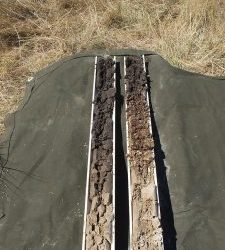
Low Organic Matter
Soil organic matter is that fraction of the soil composed of anything that once lived. It includes plant and animal remains in various stages of decomposition, cells and tissues of soil organisms, and substances from plant roots and soil microbes. Well-decomposed organic matter forms humus, a dark brown, porous, spongy material that has a pleasant, earthy smell. In most soils, the organic matter accounts for less than about 5% of the volume.
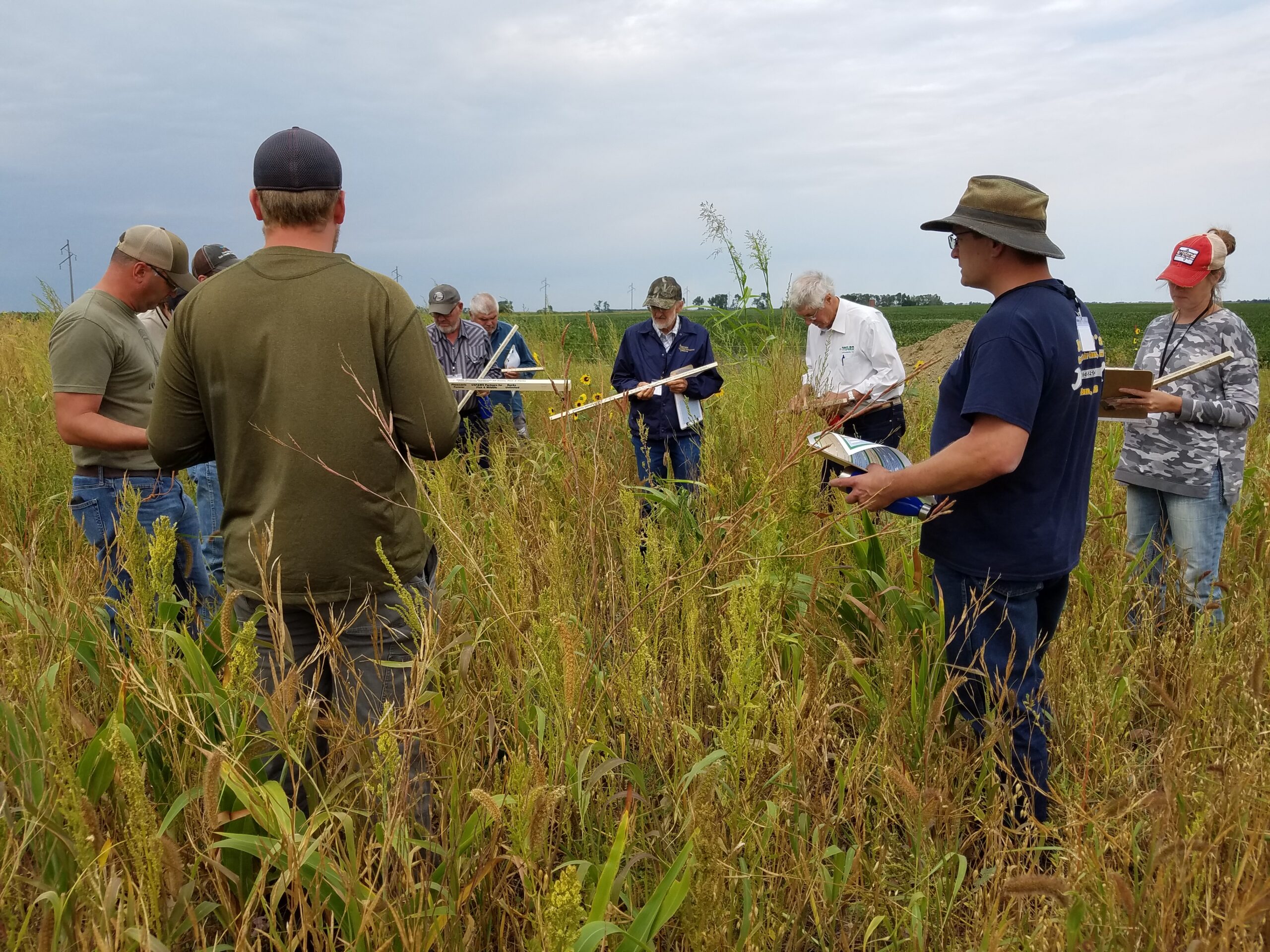
West River Soil Health School Registration Open!
In 2024, the South Dakota Soil Health Coalition will host an additional Soil Health School in west of the Missouri River! The 2024 West River Soil Health School with be held June 26-27 near Caputa, SD! This school will focus on issues specific to the land, climate, and ag production systems of wester South Dakota. Class size is limited, so early registration is strongly encouraged!
News & Events
Farmer reaps higher yields by interseeding soybeans
By Stan Wise Alex Frasier has spent a lot of time studying what it takes to grow a successful crop. After studying ag production and precision technology at Lake Area Technical College, he has worked in ag retail and currently works as an agronomist in Aberdeen, SD....
Farm and ranch innovators to share new ideas at Soil Health Conference
By Stan Wise PIERRE, SD — Before Cooper Hibbard came home to manage his family’s ranch, he studied ag business, rangeland resources and Spanish at California Polytechnic State University and then worked on ranches all over the world. That education and experience...
Wintertime is decision time
By Stan Wise PIERRE, SD – It’s often said that the best time to start improving your land was 20 years ago, but the second-best time is right now. That statement might be harder for ranchers to swallow with winter on their doorstep, nothing growing in their pastures,...
